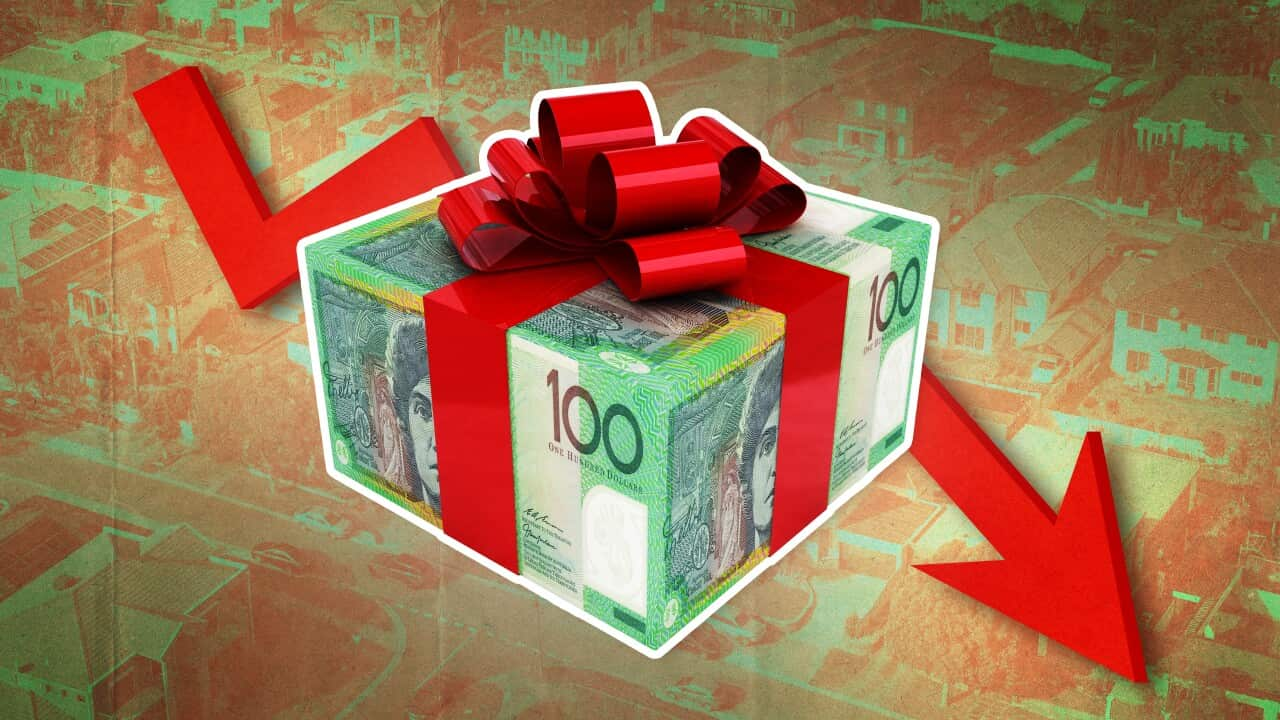The latest unemployment figures are unlikely to shift the chances of an interest rate cut for Australians this year.
The Australian Bureau of Statistics (ABS) revealed on Thursday the unemployment rate remains at 4.1 per cent, which is roughly where it has hovered for the past six months.
In September, the number of unemployed people fell by around 9,000, and there was also a rise in employment, with an extra 64,000 people in jobs.
“Employment has risen by 3.1 per cent in the past year, growing faster than the civilian population growth of 2.5 per cent,” ABS head of labour statistics Bjorn Jarvis says.
But there were still around 90,000 more people out of work in September than in the same month last year, Jarvis says.
Despite this, the numbers show an improvement in unemployment rates compared to those before the COVID-19 pandemic.
Jarvis says there are 93,000 fewer unemployed Australians than in January 2020, the month before the start of the pandemic, when the unemployment rate was at 5.2 per cent.
Rate cut before Christmas is unlikely
With unemployment barely shifting, AMP chief economist Shane Oliver says the figures are unlikely to sway interest rates before Christmas.
The Reserve Bank of Australia’s (RBA) next interest rate decision is due on 5 November and Oliver says unless there’s a significant fall in inflation, it’s very unlikely there will be a rate cut.
The next consumer price index (CPI) figure, which measures changes in the price of household goods and services, will be released on 30 October.
Inflation in Australia is gradually coming down. Source: SBS News
The previous quarterly CPI figure showed underlying inflation sitting at 3.9 per cent, which is higher than the RBA’s target of between 2 and 3 per cent. Unless this drops below 3 per cent, it’s unlikely the RBA will seriously consider cutting rates.
“If we get a situation where underlying inflation is falling but it’s still well above target — the RBA would probably conclude that inflation is still too high, and the labour market remains relatively tight,” Oliver says.
“[It would be] still too early to think about cutting interest rates.”
The last opportunity for a rate cut this year will fall on 10 December, and another CPI report is due to be released just ahead of that, on 27 November.
If the RBA doesn’t cut the rate in December, mortgage holders will have to wait until 18 February for its next meeting.
The first RBA decision of 2025 will be announced on 18 February. Source: AAP / Mark Baker/AP
Oliver says there’s just a 40 per cent chance the RBA will cut rates this year.
“It’s not the most probable outcome as things stand,” he says.
“You’d either have to get a run of much lower inflation numbers to get the RBA confident [in cutting rates] or some sort of financial crisis.”
When will interest rates go down?
According to Oliver, the consensus among most economists is that February is the likeliest month for a rate cut.
He says the RBA doesn’t want to look soft on inflation and is focused on getting CPI back in its target range.
It wants to reinforce its credibility in getting inflation down … it’s hard to see the RBA moving just yet.
Shane Oliver, AMP chief economist
Oliver says the money market, which trades on short-term interest rates, only believes there is a 34 per cent chance of a rate cut this year.
“So it’s certainly a possibility, but it’s not our base case.”
The good news is that the market has priced in around four interest rate cuts by the end of next year, he says.
Last week, ANZ became the last of the big four banks to reduce its fixed rate mortgage rate, which Oliver says is another sign that money markets are anticipating lower interest rates ahead.
“The fact that the banks have moved to cut their fixed rates is a positive sign.
“It’s telling us that they and the money markets are anticipating eventually lower interest rates.”


